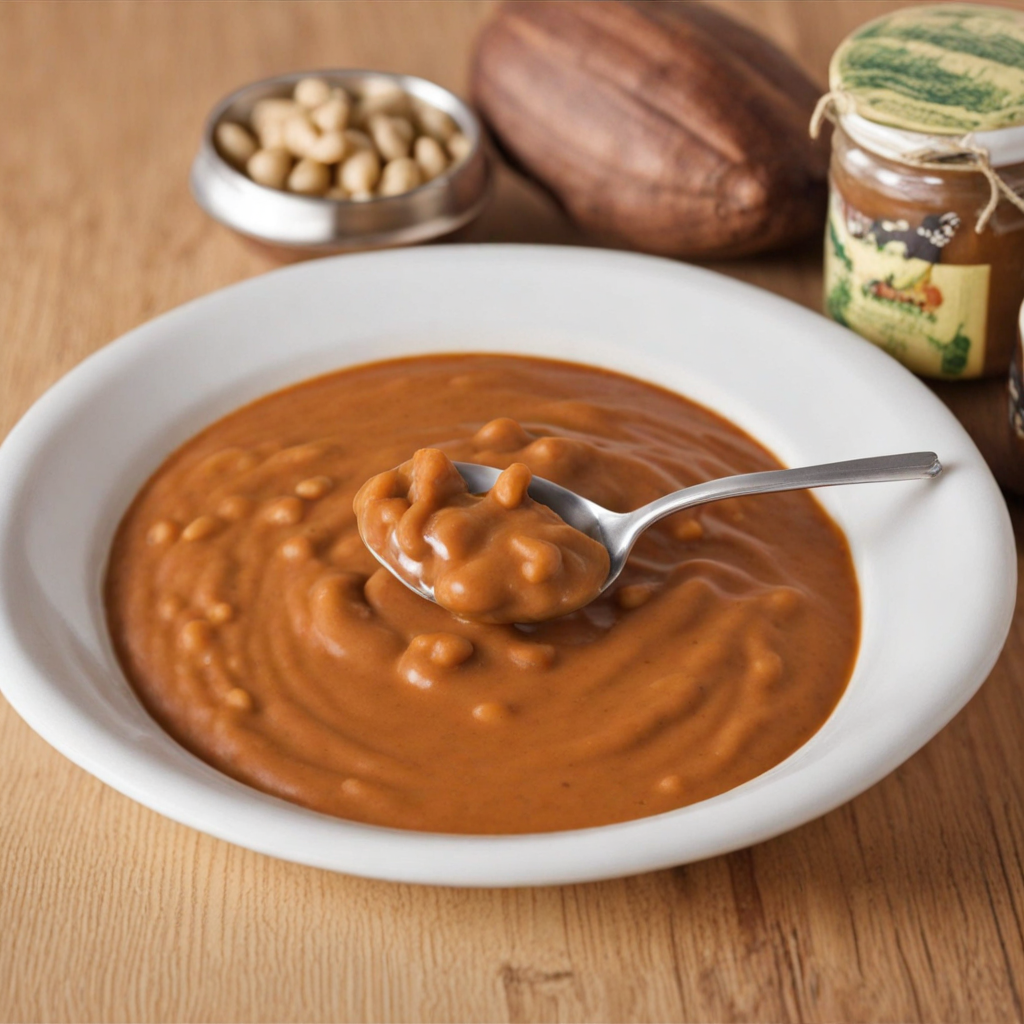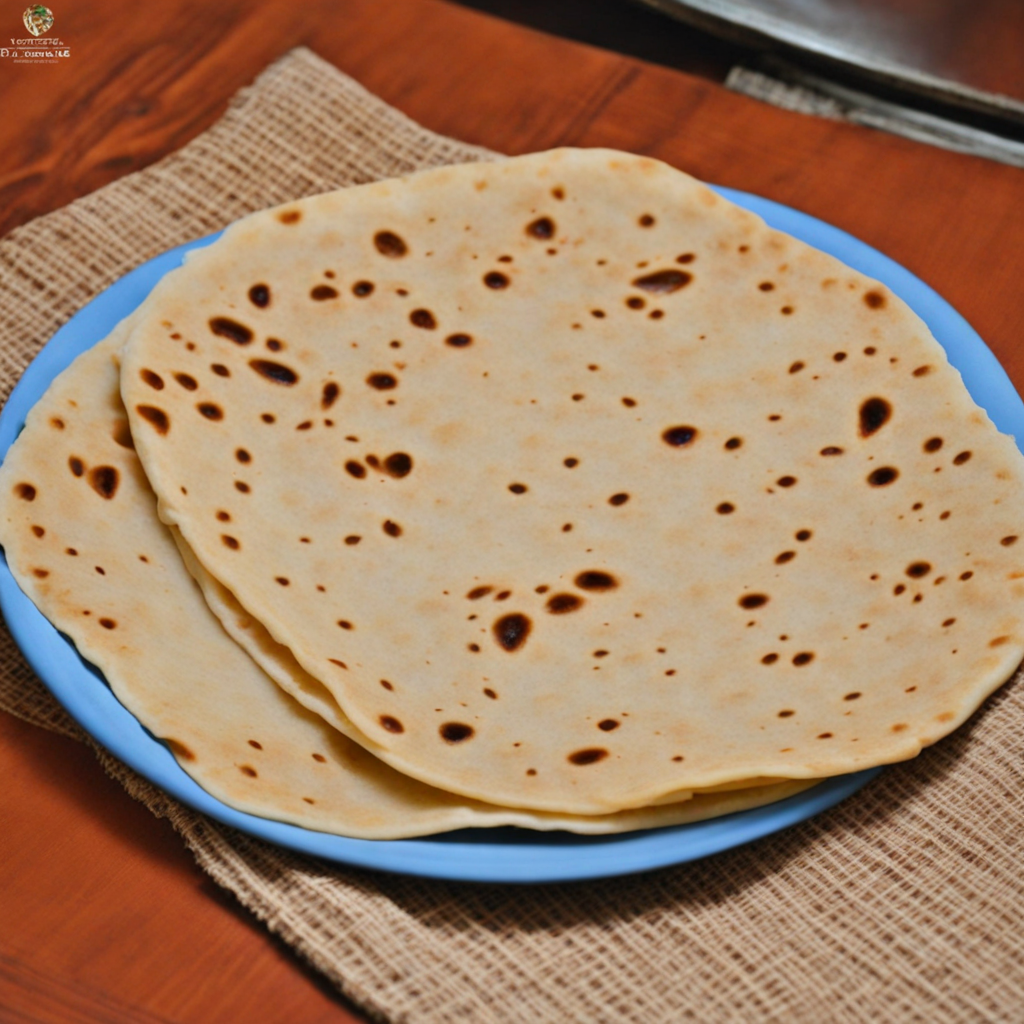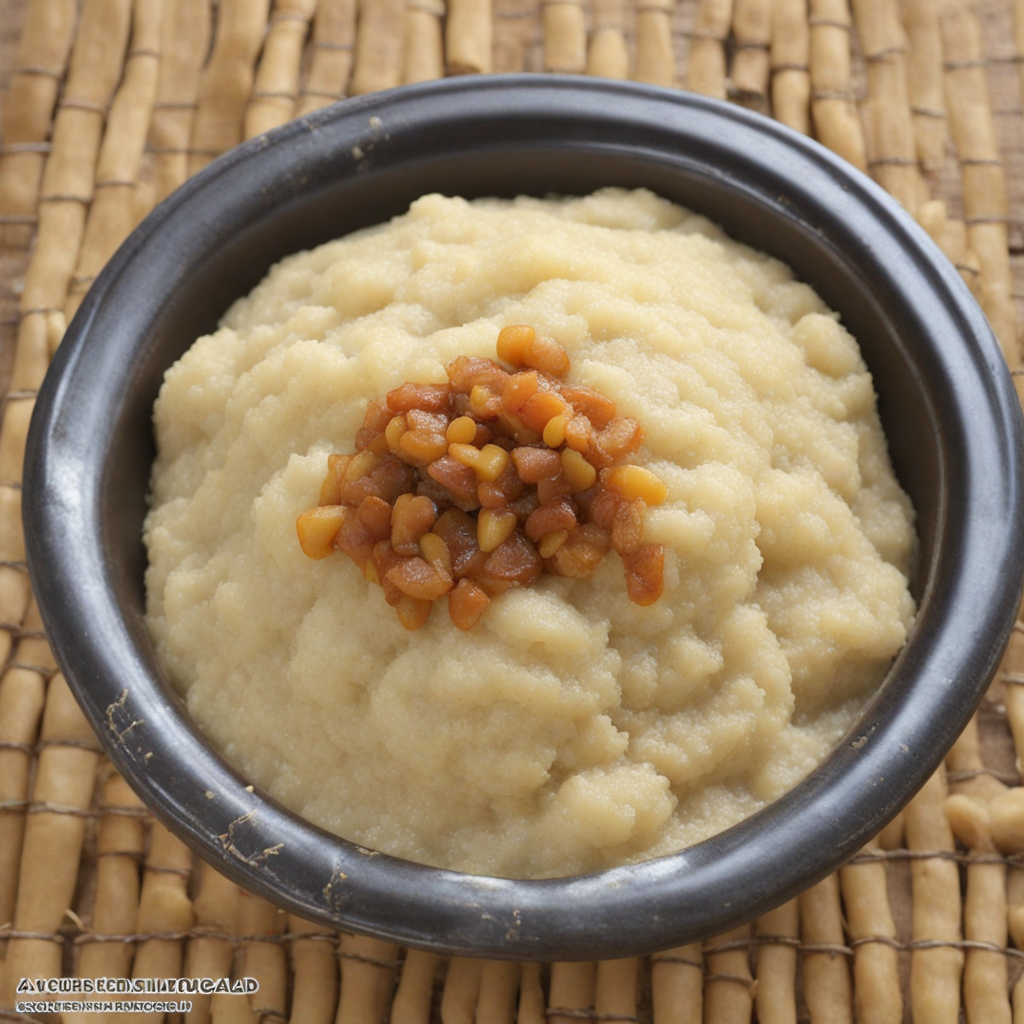Mandazi
Mandazi is a popular East African snack that has its roots deeply embedded in the culinary traditions of Uganda. These delightful pastries are made from a simple dough of flour, sugar, and coconut milk, which is then flavored with cardamom for a hint of exotic spice. The dough is rolled out and cut into triangular or round shapes before being deep-fried to golden perfection. The result is a light, airy texture that is slightly crispy on the outside while remaining soft and tender on the inside, making each bite a delightful experience. What sets Mandazi apart from other fried pastries is its subtle sweetness and aromatic spices that evoke warmth and comfort. The addition of coconut milk not only enhances the flavor but also contributes to a rich, creamy mouthfeel that is incredibly satisfying. Mandazi can be enjoyed on its own as a snack or served alongside a cup of tea or coffee, making it a versatile treat for any time of day. Its delightful sweetness pairs perfectly with the bitterness of coffee, creating a harmonious balance of flavors. In Uganda, Mandazi is often enjoyed at breakfast or as a midday snack, and it can be found at street stalls, local bakeries, and family gatherings. Some variations may include additional ingredients such as raisins or a dusting of powdered sugar, but the classic recipe remains a beloved staple. The simplicity of Mandazi, combined with its rich flavors and comforting texture, makes it an inviting option for anyone looking to explore the unique tastes of Ugandan cuisine.
How It Became This Dish
The History of Mandazi: A Ugandan Culinary Delight Mandazi, a beloved snack in Uganda, has a rich history that weaves together cultural influences, culinary traditions, and social significance. This delightful fried pastry, often slightly sweet and sometimes flavored with coconut or spices, is enjoyed by many across East Africa. To fully appreciate Mandazi, one must explore its origins, its role in Ugandan culture, and how it has evolved over time. #### Origins The roots of Mandazi can be traced back to the broader East African region, with its origins believed to be influenced by various cultures and culinary practices. The dish is thought to have been introduced to East Africa by traders and travelers, particularly from the Arabian Peninsula and Indian subcontinent. These interactions facilitated a fusion of culinary traditions, leading to the creation of Mandazi as we know it today. The name "Mandazi" is derived from the Swahili language, which is spoken extensively in East Africa. This linguistic link highlights the dish's connection to the Swahili Coast, a historical trade network that spanned the coastal regions of Kenya, Tanzania, and Mozambique. As trade flourished, so did the exchange of gastronomic ideas, and Mandazi became a staple that transcended ethnic and national boundaries. #### Cultural Significance Mandazi holds a special place in Ugandan culture, serving as both a snack and a symbol of hospitality. It is commonly enjoyed during celebrations, gatherings, and as a street food treat. In Uganda, Mandazi is often served during major holidays, family events, and religious festivities. Its versatility allows it to be paired with a variety of beverages, including tea and coffee, making it a popular choice for breakfast or a midday snack. In many Ugandan households, the preparation of Mandazi is a communal activity. Family members often come together to mix the dough, shape the pastries, and fry them until golden brown. This collaborative effort fosters a sense of community and strengthens familial bonds. Additionally, sharing Mandazi with guests is seen as a gesture of goodwill and hospitality, reinforcing the cultural importance of food in social interactions. Mandazi is not only a treat for the taste buds but also a reflection of resilience and resourcefulness. For many street vendors and small-scale entrepreneurs, selling Mandazi is a means of livelihood. The affordability and simplicity of the ingredients make it an accessible food option for both producers and consumers. This economic aspect highlights the role of Mandazi in local economies, where it contributes to the daily sustenance of families and communities. #### Ingredients and Preparation The preparation of Mandazi is relatively straightforward, involving basic ingredients such as flour, sugar, yeast, coconut milk, and a pinch of salt. The dough is typically flavored with cardamom, a spice that adds a distinctive aroma and taste. Once the dough has risen, it is rolled out and cut into triangles or circles before being deep-fried until crispy and golden. While the traditional Mandazi recipe is beloved, variations have emerged over the years. Some modern recipes incorporate ingredients like chocolate, jam, or even savory fillings, reflecting the evolving tastes of consumers. Additionally, health-conscious adaptations have led to the use of whole wheat flour or baking instead of frying, catering to a broader audience while maintaining the essence of the dish. #### Evolution Over Time As Uganda has developed over the years, so too has the perception and preparation of Mandazi. With globalization and increased exposure to international cuisines, the dish has undergone transformations in both its ingredients and presentation. While traditional Mandazi remains a staple in local markets and homes, modern interpretations have found their way into upscale restaurants and cafes, often served alongside gourmet coffee or artisanal tea. The rise of social media and food blogging has further popularized Mandazi, allowing for the sharing of recipes and culinary experiences beyond regional borders. This digital age has not only contributed to the dish's popularity but also to the preservation of its cultural significance. Young Ugandans, inspired by their culinary heritage, are using platforms to showcase traditional recipes, ensuring that Mandazi continues to be an integral part of their identity. #### Mandazi in the Global Context In recent years, Mandazi has gained recognition beyond Uganda and East Africa. As the diaspora grows and cultural exchanges become more common, Mandazi has found its way into international culinary scenes. Food festivals, cultural events, and pop-up restaurants often feature Mandazi, introducing this delightful treat to new audiences. Moreover, the increasing interest in global street food has brought Mandazi to the forefront, as food enthusiasts seek out authentic and diverse culinary experiences. This global appreciation has led to a resurgence of interest in traditional recipes, prompting chefs and home cooks alike to explore the roots of Mandazi and its place in Ugandan culture. #### Conclusion Mandazi is more than just a fried pastry; it is a culinary symbol that embodies the rich history and cultural heritage of Uganda. Its origins reflect the interplay of various cultures, while its significance in social gatherings and economic livelihoods underscores its importance in daily life. As Mandazi continues to evolve and adapt to contemporary tastes, it remains a cherished food that connects generations, fosters community, and represents the resilience of Ugandan culture. Whether enjoyed at a bustling market, a family gathering, or a café, Mandazi offers a taste of Uganda's rich culinary tapestry. It invites both locals and visitors to savor not just its flavor but the shared stories and traditions that have shaped this delightful snack over the years. As we look to the future, Mandazi stands as a testament to the enduring power of food in bringing people together and preserving cultural identities.
You may like
Discover local flavors from Uganda







